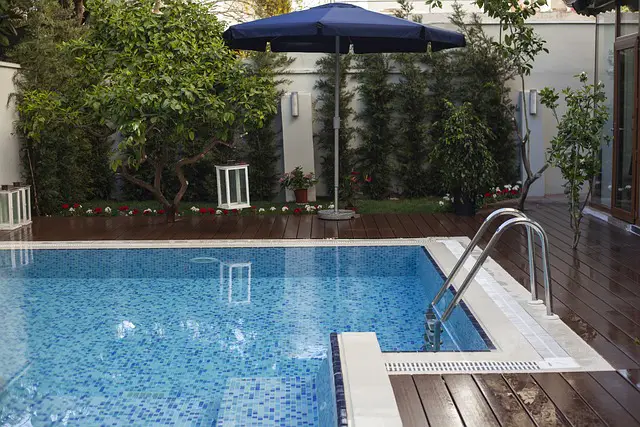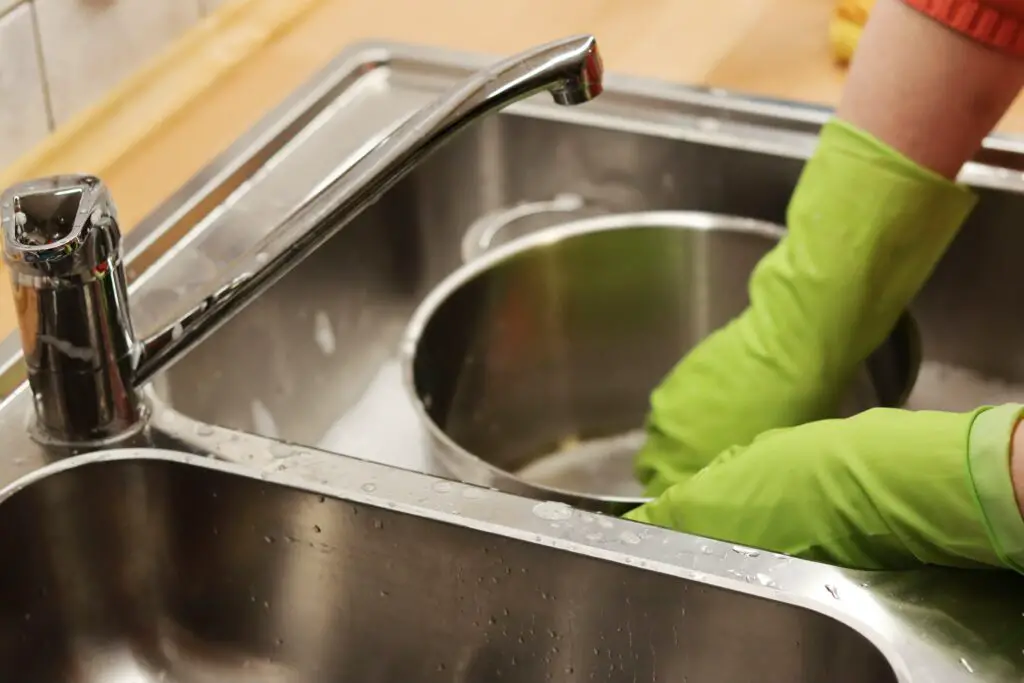
Sand is something that exists everywhere on earth, composed of fine rock fragments weathered down in size over time. Although, have you ever heard of it being used in filtration? Sand filters are commonly used worldwide primarily due to their affordability and widespread accessibility to all populations. However, what are the specific uses of sand filters, and how are they utilized? This query was the inspiration behind writing this article on arguably the simplest filtration mechanism known to humanity!
Sand filters are used to clean swimming pools, grey water, industrial waste water and even in the initial stages of drinking water treatment! Due to the varied grain size and durable composition of sand, it makes a very effective filter medium for removing small particles from large quantities of water.
Using sand as a filter medium is generally targeted at removing insoluble particles from water improving water clarity. It is effective as a pre-treatment for drinking water treatment in particularly dirty water sources however alone, it cannot purify water to a drinkable standard. Although sand is arguably the cheapest method of filtration available in general terms, If you are interested in attaining higher levels of purity, I wrote an article explaining the cheapest methods to filter water for various uses from different water sources here which I encourage you to read.
Swimming Pools

Arguably the most common use for sand filters at a household level, swimming pools are the ideal candidates to filter recirculated pool water. When people bathe in swimming pools they often bring all manner of contaminants in with them that can affect the water clarity and general cleanliness, chlorine and ozone systems are in place to keep microorganisms at bay, however, it is the sand filters that remove the visible, insoluble particles which can make pool waters appear cloudy.
As sand filters cannot remove soluble particles from the solution, this means any chlorine or other pool chemicals remain dissolved in the swimming pool water during and after the entire filtration process. Generally speaking, the sand filters will run daily at a level sufficient to recirculate the pool’s entire volume through the filter, on the other hand, chlorine is generally only added on a weekly basis.
If you are interested in understanding more about chlorination or ozonation water treatment, I suggest you have a quick read of my articles explaining ozone water treatment, and chlorination as well as a comparison between the two here.
Grey Water

A water source that many of you who live in less arid areas have probably not heard of is ‘grey water’ a colloquial term for household wastewater (excluding toilet water). This water, which is generally left to go down the drain and into the sewerage system represents a source that can be utilized for watering gardens and lawns in areas where such garden elements aren’t feasible. Arid areas of countries like Australia are increasingly adopting greywater capture systems to utilize this often wasted resource. The problem with using grey water straight from the drain is that it collects all manner of food waste, dirt and bodily products like perspiration which you ideally do not want to pump out over your new lawn!
This is where sand filtration comes into the picture, for this water to be used on a lawn it does not need to be of impeccable quality, it just needs to be somewhat clear and free of debris. Sand filters are great for this exact usage, their course nature allows large amounts of water to flow through rapidly, screening the water as it passes for unsightly particles and leaving the water in an improved state. One clever method to utilize sand filters for this exact purpose is to utilize a garden bed, filled with sand as a large filter, the water enters at one end and drains through into a tank at the other for use in the garden as required. Plants are also planted within the garden bed filter which will absorb the organic material caught in the sand filter, effectively cleaning the filter as they grow.
Although sand filters are great, they cannot filter out soaps and hydrocarbons, so if possible, minimize oils that go down the drain and also try to use organic soap products if you intend on utilizing your grey water!
Wastewater
In a similar manner to greywater, sand filters work perfectly as an initial stage of wastewater treatment to remove larger insoluble particles before the water enters the more complex water treatment stages like ozonation. These larger insoluble particles need to be removed before the water enters the more specific treatment processes because they cause issues with membranes as well as unnecessary wear and tear on internal piping.
Pre Filtration For Drinking Water

Like Wastewater treatment, underground, lakes & rivers and even ocean water sources contain considerable sediments which need to be removed before the water can begin to go through the more intensive drinking water processes.
Reverse Osmosis: Sand filters are readily utilized as an initial filtration stage prior to reverse osmosis in desalination due to the fragile RO membranes being easily damaged by insoluble particles of any size, by the time water arrives at the RO membranes it needs to have incredibly low sediment load for efficient water production.
If you are interested in reading further about reverse osmosis and desalination, I encourage you to read my general guide on the 6 different kinds of desalination here.
Ultraviolet Treatment: Sand filters pre-treat water prior to UV treatment to remove sediment for the same reasons as reverse osmosis. Ultraviolet water treatment for the removal of microorganisms requires water to be relatively clear so that the UV radiation penetrates through to all water in the vessel, if the water is murky then the UV cannot do its job and the water produced will not be potable.
If you are curious about ultraviolet water treatment, have a quick read of my general guide on the topic here.
https://www.wecf.org/wp-content/uploads/2018/11/Manualgreywaterfilter_website.pdf


